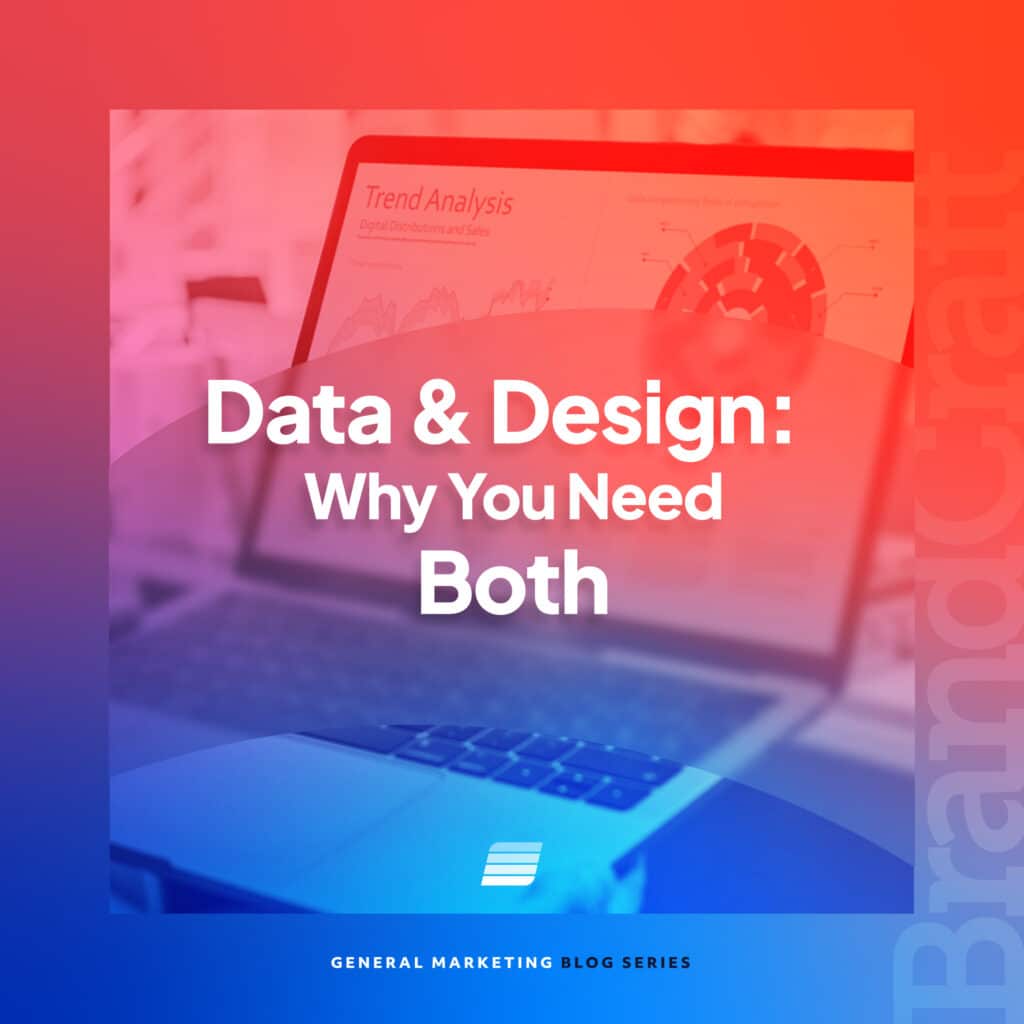How to Properly Use Gradients
October 21, 2021

Gradients. They’re great for when a design feels a little too flat for your taste, and you want to make it, dare I say, ‘pop.’
Gradients have become an on-and-off design trend over the years, and I think it’s safe to say they’ve earned a seat as a design staple in 2021 and going into 2022.
In this blog, I’ll cover every angle of gradients to help you determine if they’re right for you and your brand.
Note for Graphic Designers on Using Gradients
I can’t emphasize this enough: graphic designers shouldn’t use gradients in a design just because it’s trending. Only use gradients if they’re a part of your brand.
If you wish to include gradients in your brand, consider a brand refresh session to make sure your key messaging and visuals are in alignment and communicate the right message to your target audience.
To use a gradient without purpose brings no value to a brand.
What is a gradient?
While graphic designers probably know what a gradient is, I’m here to cover all the angles. Simply put, it is a transition in color. Another meaning of gradients is a gradual blend from one color to another color or colors.
I’ll expand on three types of gradients below.
The Different Types of Gradients
The two standard types of gradients are directional and radial (circular). The complex type of gradient is the freeform, which typically involves three or more colors.
The freeform brings a little more customization to a design and has grown to be popular in recent years.
Why would I want to use a gradient in my brand?
Only use gradients if they’re a part of your brand, which should be solidified in your brand discovery session when assembling the overall brand elements. Here are some pros and cons of using gradients in your brand:
Pros:
- When used consistently within your brand, gradients can help grow brand recognition better than single-color use.
- Gradients can add a sense of depth and/or movement to your design.
- Gradients display a sense of fun and high energy.
Cons:
- They can be a washed or dated design element.
- They can be more costly to print.
- Some color blends may appear muddy or unappealing.
- Using too many gradients can dull the design.
Where and when should I use gradients?
Where you use gradients depends on your brand’s identity system. This document should outline the how-tos and restrictions on all things visual for your brand. Hypothetically, you could use gradients anywhere as defined in your guide.
Gradients can be applied to backgrounds, content, CTA buttons, filters, etc. Are you thinking it’s time to start your brand on the right foot, or do you need a brand refresh? Looking for some samples of branding? Check out our branding services, and contact our graphic design agency here.
How to Use Gradients
Again, this is all defined within your brand identity guide. Read about brand colors and color schemes for your business right from our Crafted & Curated blog page. Creating gradients is much like art.
Be sure the colors help create the mood and feel you wish to convey to your audience. I would treat using a gradient much like a color palette. Try to avoid too many gradients.
Here are some ideas to help ignite the creative juices when exploring gradient usage:
Wanting to find more inspiration? As a graphic designer, Pinterest and dribble are my go-tos. Also, here is another helpful gradient blog by 99designs to give you ideas.
Conclusion
Color gradients can help create an artistic mood within your brand and designs. As emphasized in this blog, and much like anything, try not to overuse the gradients.
Does your brand use gradients, or do you feel they’d fit within your brand? It might be time for a brand identity refresher. Connect with BrandCraft today to set up a session.











